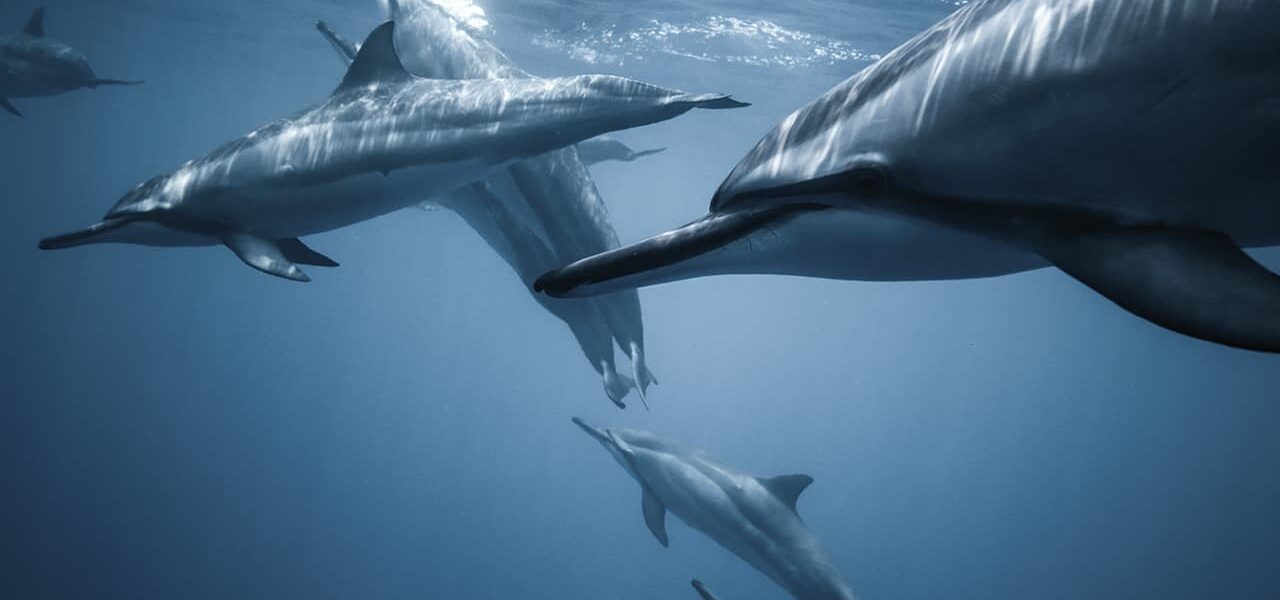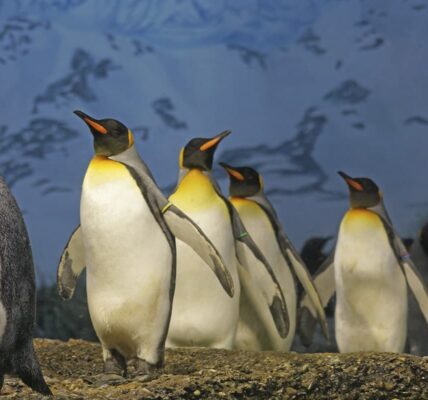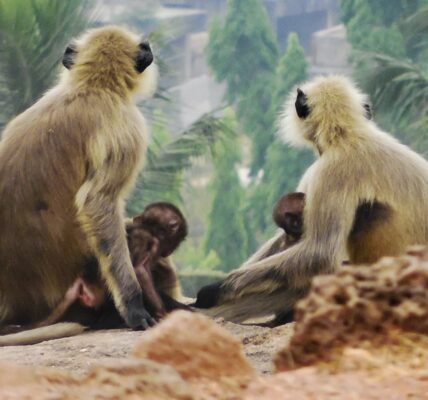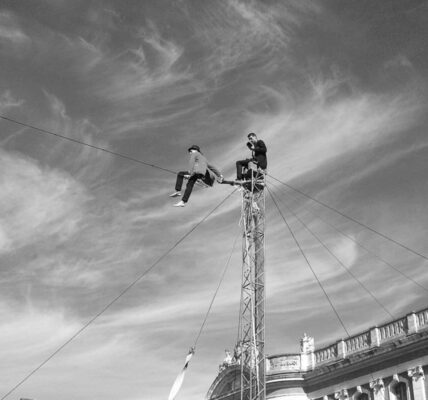The focus of the documentary’s plot is trainer Richard O’Barry, who once realized that cetaceans in captivity were highly stressed and prone to commit suicide. Since then, he has been dedicated to protecting the mammals, fighting an unequal battle to preserve their population in the wild, as well as to free the dolphins from captivity. One of Richard’s main missions is to find evidence of mammal mistreatment, and his next assignment takes him to Taiji Bay in Japan, where dolphins are being mass-captured.
In the coastal Japanese town of Taiji, images of dolphins are everywhere – they decorate the walls of tunnels, murals, and parapets on the boulevards. To the visiting tourist it may seem that the dolphin is considered the town’s mascot, but nothing could be further from the truth. The port of Taiji is one of the world’s largest dolphin trading centers. Director and famous photographer Louis Sayhoyos, together with consultant Richard O’Barry (who used to train dolphins for the TV series “Flipper”) managed to find the main dolphin killing ground, a cove safely hidden from the eyes of curious tourists.
In the picture it is about the annual dolphin hunt, which is organized by the inhabitants of the village Taiji. Fishermen drive the mammals into a narrow cove, some of them are caught to sell them in aquariums, but most of them are killed to sell the meat in the markets. As many as 23,000 dolphins are killed a year in the coastal waters of Taiji.
Former dolphin trainer Rick O’Barry, along with filmmaker Louis Psihoyos and his team, travel to the small Japanese town of Taiji to shed light on the annual brutal mass slaughter of these mammals that takes place there on the coast. They discover a small cove fenced off with warning signs against entering it. Here they find a local millionaire fisherman who owns an illegal dolphin-related entertainment and food business. O’Barry, Psychoyos, his team and the Oceanic Preservation Society find out what’s really going on in this secluded cove and how it could affect the world.



